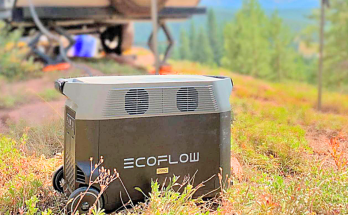Aerospace Technology Institute (ATI), a British government-backed research organization, has unveiled the FlyZero, a new hydrogen-powered liquid passenger aircraft concept. The 279-passenger aircraft will be similar to conventional mid-range aircraft but will emit no CO2.
The Flyzero passenger plane is one of the company’s flagship models. Cryogenic fuel tanks, which can be stored at extremely low temperatures of 250 degrees Celsius or minus 418 degrees Fahrenheit, will be installed in the aircraft’s interior.
To stabilize the aircraft, two large fuel tanks will be placed at the rear of the aircraft and two smaller ones at the front. The aircraft has a 54-meter wingspan and is powered by a turbocharged engine.
“These designs will define the future of the space and aerospace sectors,” British Economic Secretary Kwasi Kwarteng said, according to an ATI statement. According to the company, the high-performance hydrogen-powered passenger aircraft will be cost-effective by mid-2030 when compared to conventional aircraft.
Since its inception in 2013, ATI has received 1.95 billion (US $ 2.6 billion) in funding. It also raised up to $15 million for the design of the FlyZero passenger aircraft concept. Hydrogen-powered aircraft are already being considered as a means of reducing carbon emissions in the aviation industry.
Similarly, electric passenger planes are being considered as fuel for existing aircraft. However, current battery technologies have not yet evolved to the point where electric passenger jets can fly for extended periods of time.
The NASA-developed Maxwell X-57 light passenger aircraft, for example, can fly for about 40 minutes and cover a distance of up to 100 miles on a single charge.


